Chile Pequin is a smaller Texas native shrub known for its super hot small chiles. These chiles are the fruits this plant produces later summer through fall and to the first frost in winter following its tiny white flowers. The Chile Pequin is a versatile, attractive, and resilient shade-tolerant shrub, a great complement underneath the shade of smaller and larger trees.
It shouldn’t get much taller than 2-4’ and can tolerate a moderately higher moisture level if need be. Its native distribution is through a few Southwestern states in the U.S. to South America, so, planted far enough north, it will die back almost every winter.
The chiles, which are said to be the “original chile pepper new world,” are loved by birds (hence its other common name, Bird Pepper) and can be used in your kitchen raw in salsas, a “fire cider,” as well as dried and ground as seasoning. But be cautious! These chiles are very hot!
Common Name(s): Bird Pepper, Chile Petin, Chile Pequín
Latin Name: Capsicum annuum (KAP-seh-kum AN-yoo-um)
Height: 2- 4' tall and 1 - 2' wide.
Soil Conditions: Well-drained sand, loam, clay, caliche, and limestone. Can tolerate more moist soils.
Water: Low, although it can tolerate more moist soils, as it's often found alongside arroyos and waterways.
Light: Partial Sun/Shade. The chile pequín is very tolerant of shade. However, for greater fruiting (more chiles!), find a balance of partial sun/partial shade. My recommendation: find a position where, at least during the spring and summer, the Chile pequín will receive partial sun. Partial sun in the winter is fine, too, just not as necessary.
Family: Solanaceae (Nightshades)
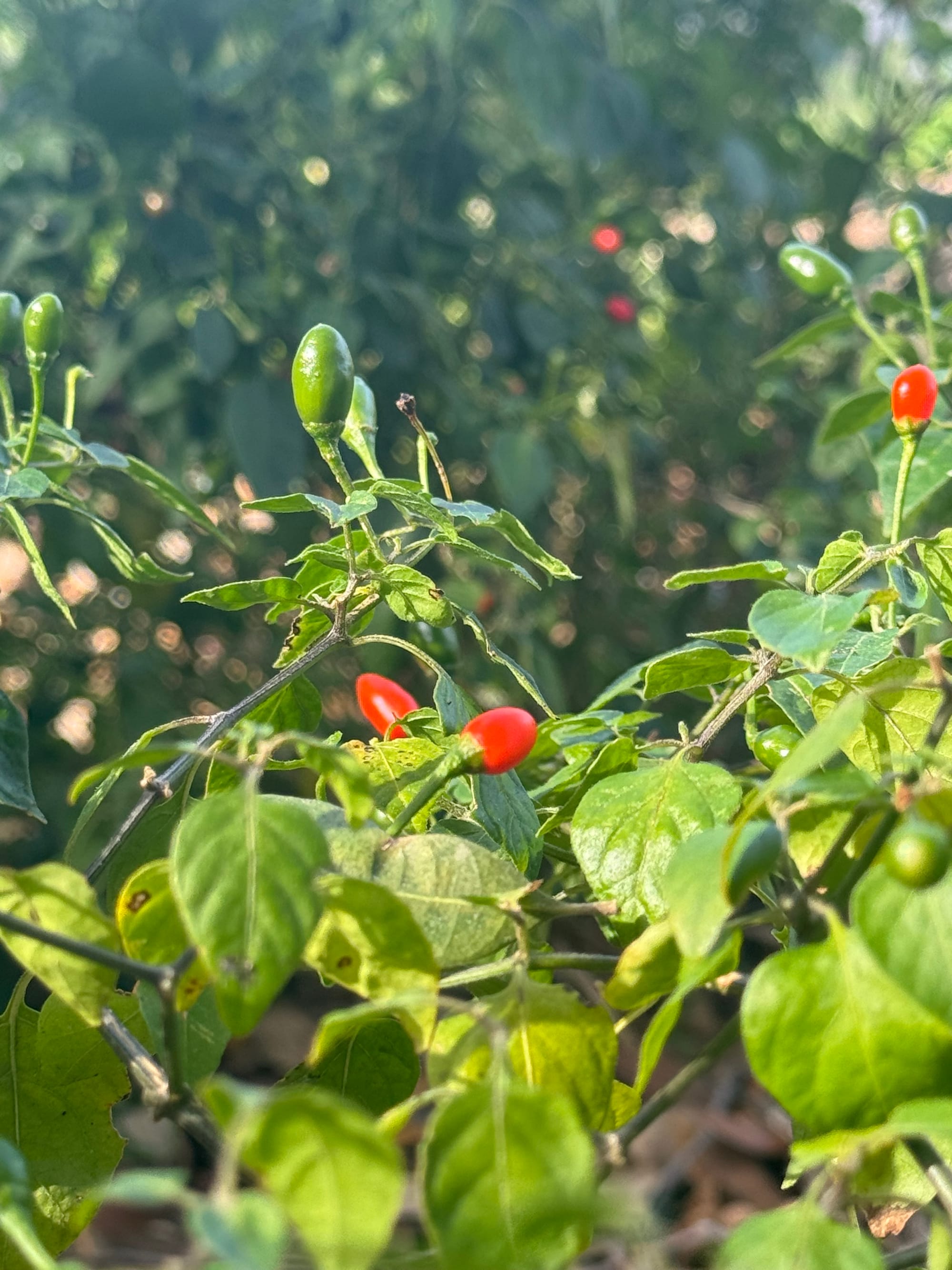
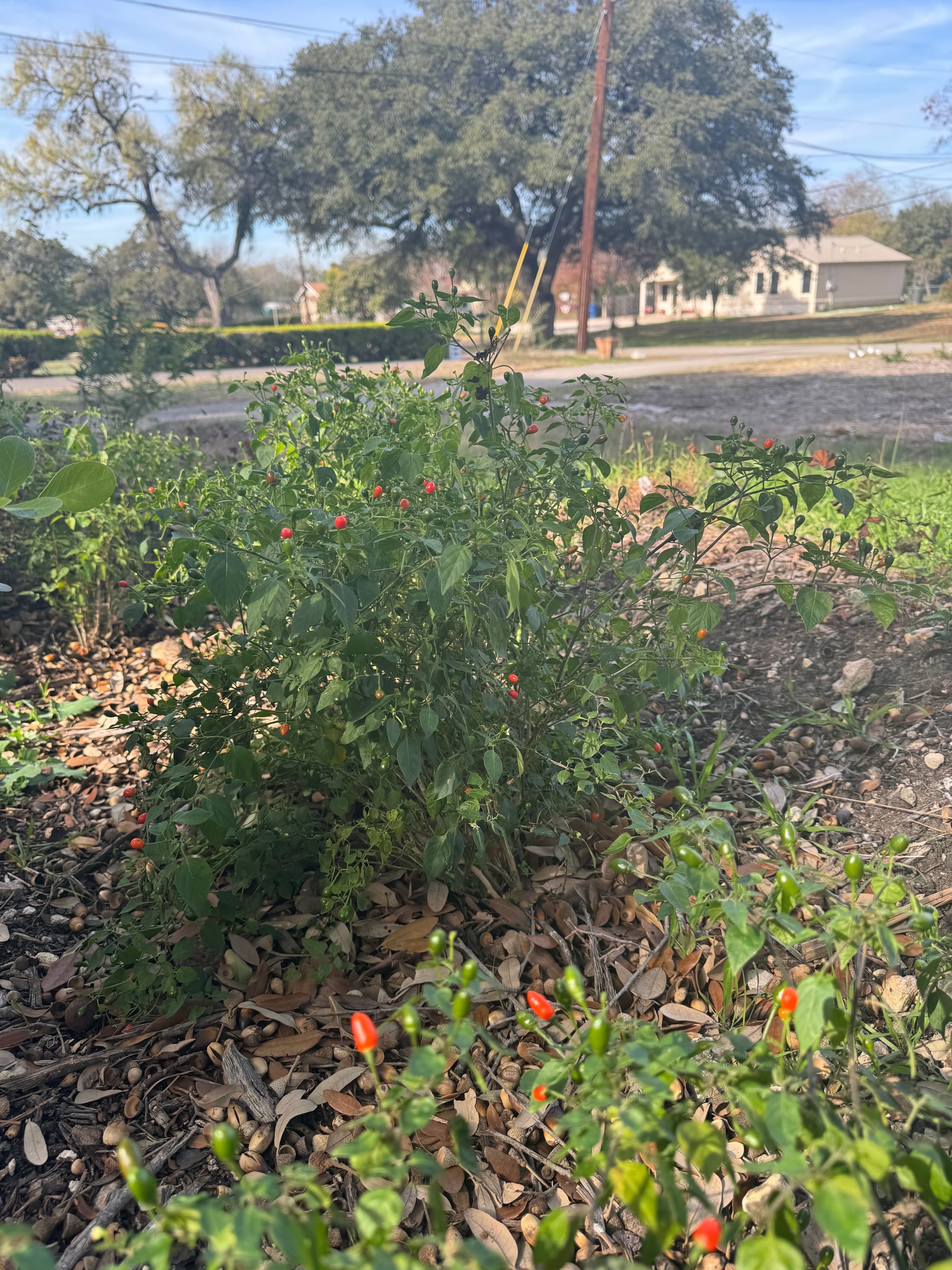
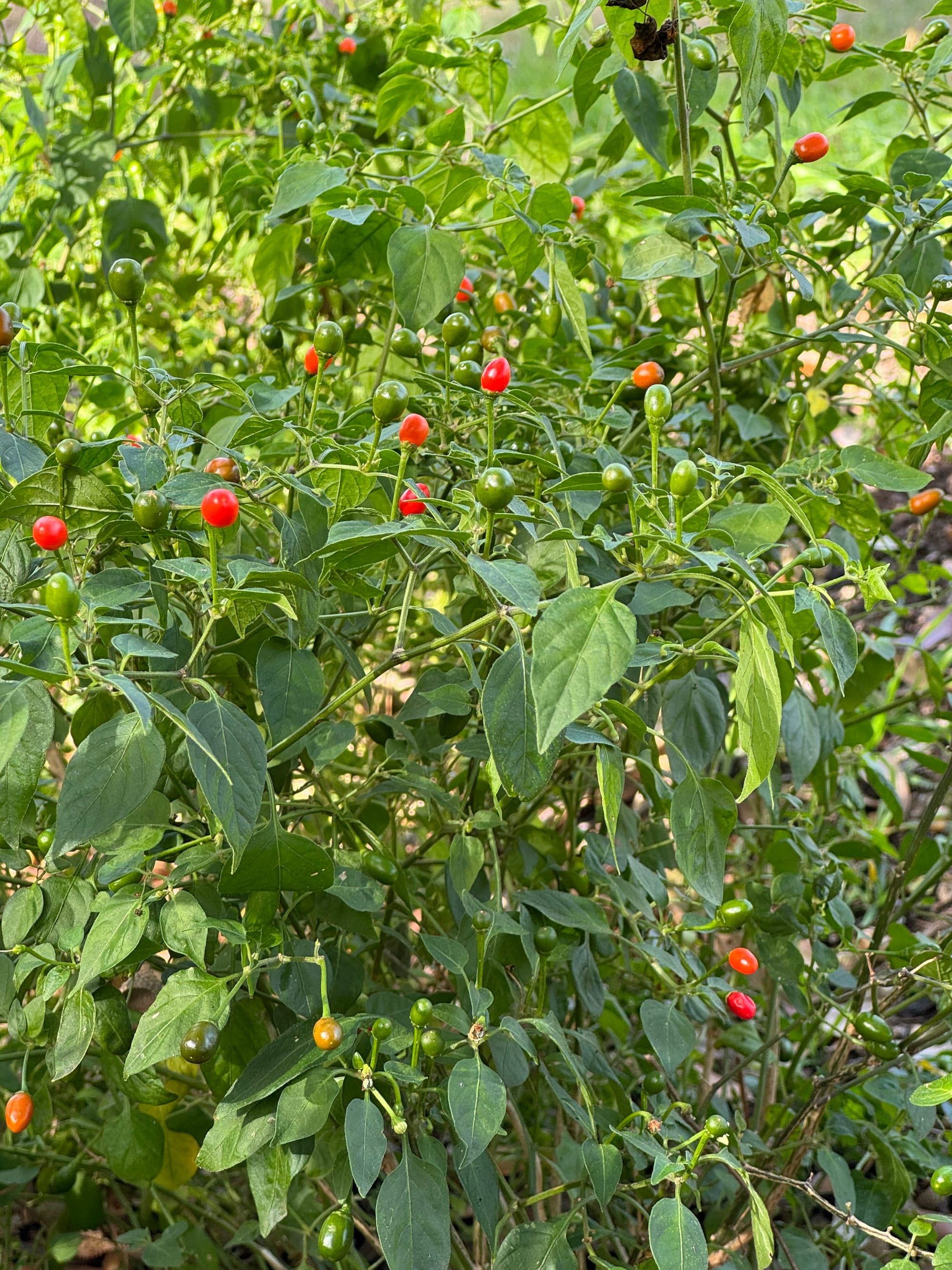
Distribution:
Where is Chile Pequín Native?
The chile pequín is native from predominantly south/central Texas, Southern Arizona, and from Mexico to northern South America. The Chile pequìn is a perennial that has a lower cold hardiness. It will die back in winter in most places in Texas, besides perhaps the southernmost tip near McAllen or Brownsville.
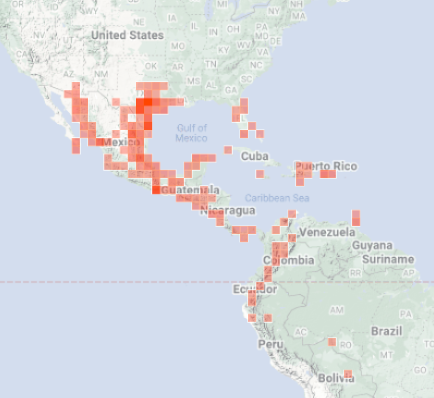
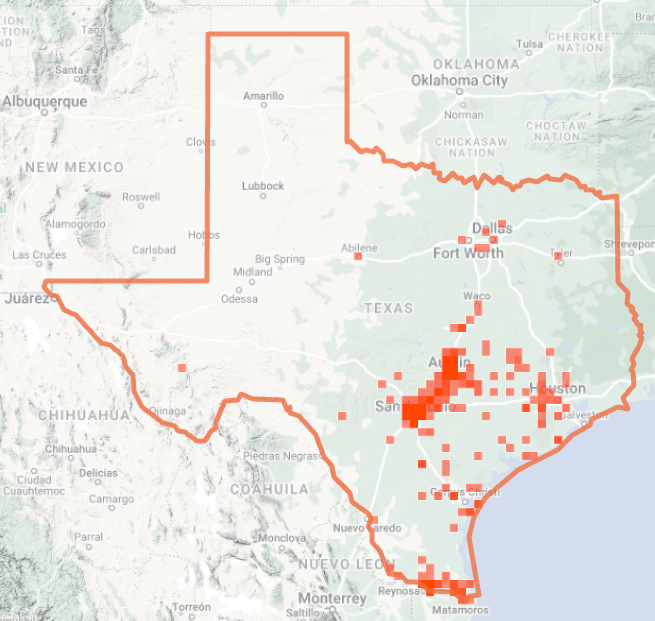
The Benefits of Chile Pequín:
For Your Landscape:
- Shade Plant - It's not always easy to find plants that do well in the shade in Texas—a great one to use in darker parts of your landscape.
- Interesting Edible - I love any native edible plants or things you can use in your kitchen.
- Low Maintenance - After establishing water in spring, I didn’t touch my Chile Pequins at all during peak summer, and they thrived. Also, you can prune them, but you don't have to.
- Attractive - I believe the tiny white flowers and the peppers are attractive to look at and have in the garden. It is a plant that continues to remain interesting and attractive deep into fall and in earlier winter (unlike many others), at least up until a good freeze, as it’s still fruiting.
- "Self" Spreading - This can be a pro or a con, depending on who you are. But, as birds love the peppers, they’ll pluck them off and eat them - you’ll then find new Chile Pequín sprouting up where those birds do their business. I’ve discovered three pretty healthy Chile Pequín plants around our house just this last year, most right underneath our larger trees where we know many birds to hang out.
For Wildlife:
- Food Source - Birds are said to be responsible for spreading the Chile Pequín all through Texas. The Chile Pequín, most appropriately called here the "Bird Pepper," is well-loved by many birds. Birds aren't affected by the spice.

Planting & Care:
Where to Plant: Here's what I believe is the sweet spot formula for picking the perfect spot for your Chile Pequín.
- Understory Shade to Partial Shade - It's nice to utilize Texas natives that thrive in the shade of your larger trees when you find them. For the Chile Pequín, if you can plant at an edge or position in the understory that receives partial sun (at least in Spring/Summer), you'll set yourself up for better flowering and fruiting.
- Moister Points in Landscape - The Chile Pequíns prefer more moist conditions (although they will do fine if a bit dry), as they most often found alongside or edges above arroyos and waterways. To be clear, they don't like sitting in water, but you can position your Chile Pequíns in areas where they will periodically receive some heavier watering. I've planted my pequíns at the low point of a basin I dug, where water runoff goes. Also, alongside the path of a gutter downspout could be another possibility.
Care/Maintenance: Care for the Chile Pequín is minimal. Depending on where you are, the shrub might die back to the ground each winter anyway. However, if the plant survives a mild winter, you might prefer to cut it back to the ground to prevent it from growing more scraggly and becoming woody at the base. Pruning should encourage the plant to remain more compact and flower and fruit profusely each year.
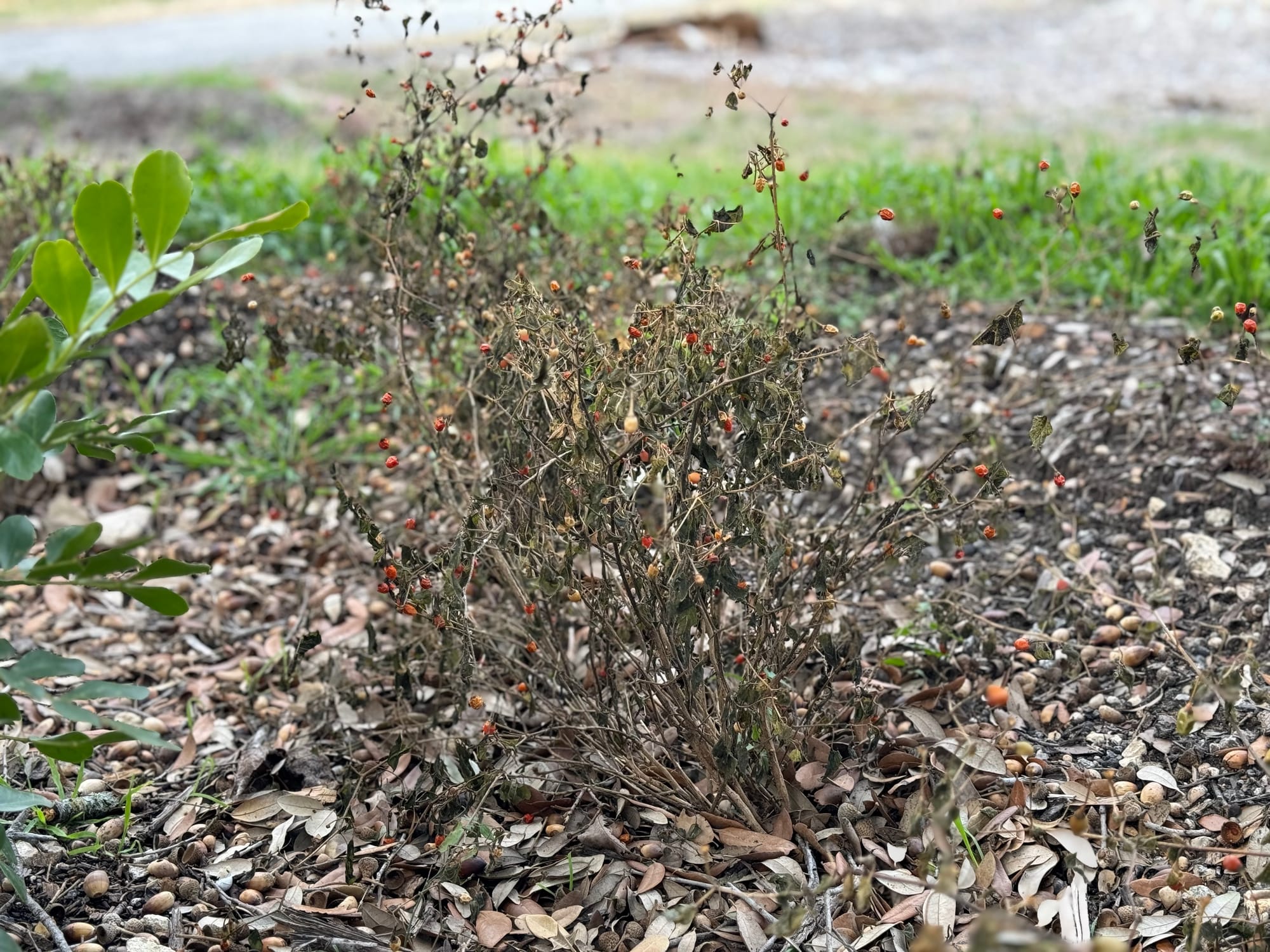
Companion Plants: Chile Pequín will grow well under a variety of trees. I've seen it complemented with Turk's Cap, Tropical Sage, American Beautyberry, Manfreda, Cedar Sage, and Cedar Sedge.
Seasons: What to Expect
Spring: New leaf growth and white flowers will bloom early/mid-spring. You can then start to see some green peppers appear as summer approaches.
Summer: Peppers begin to ripen and turn from green to orange/red, and as summer carries on, the plant is more dominated by the presence of the red peppers than the white flowers, although they'll still be present.
Fall: The Chile Pequíns will continue to produce, potentially providing a second and third harvest. Again, the defining feature will be the peppers, although flowers will remain.
Winter: Early winter, you should continue to see fruit, leaves, and maybe even some flowers on a Chile Pequín. However, come later winter, if the Chile Pequín hasn't died back to the ground from a sustained freeze, you'll see just the fruits remain after leaves fall.
Watch on YouTube: How to Make a Fire Cider with Texas Native, Chile Pequin.
Medicinal/Edible Uses:
- Peppers - Of course, it's all about the peppers. The fruits of the Chile Pequín that follow the flowers are edible, although very hot. They can be consumed raw, although you should exercise caution when handling them. They are very hot! The Chile Pequíns can be added to salsas, made into a fire cider, or dried and ground and used as seasoning. Adding only one or two of the peppers to any dish is recommended, as Chile Pequíns are hotter than most cultivated chile peppers. Please note: the leaves contain toxic alkaloids, so use only the fruits (the peppers).
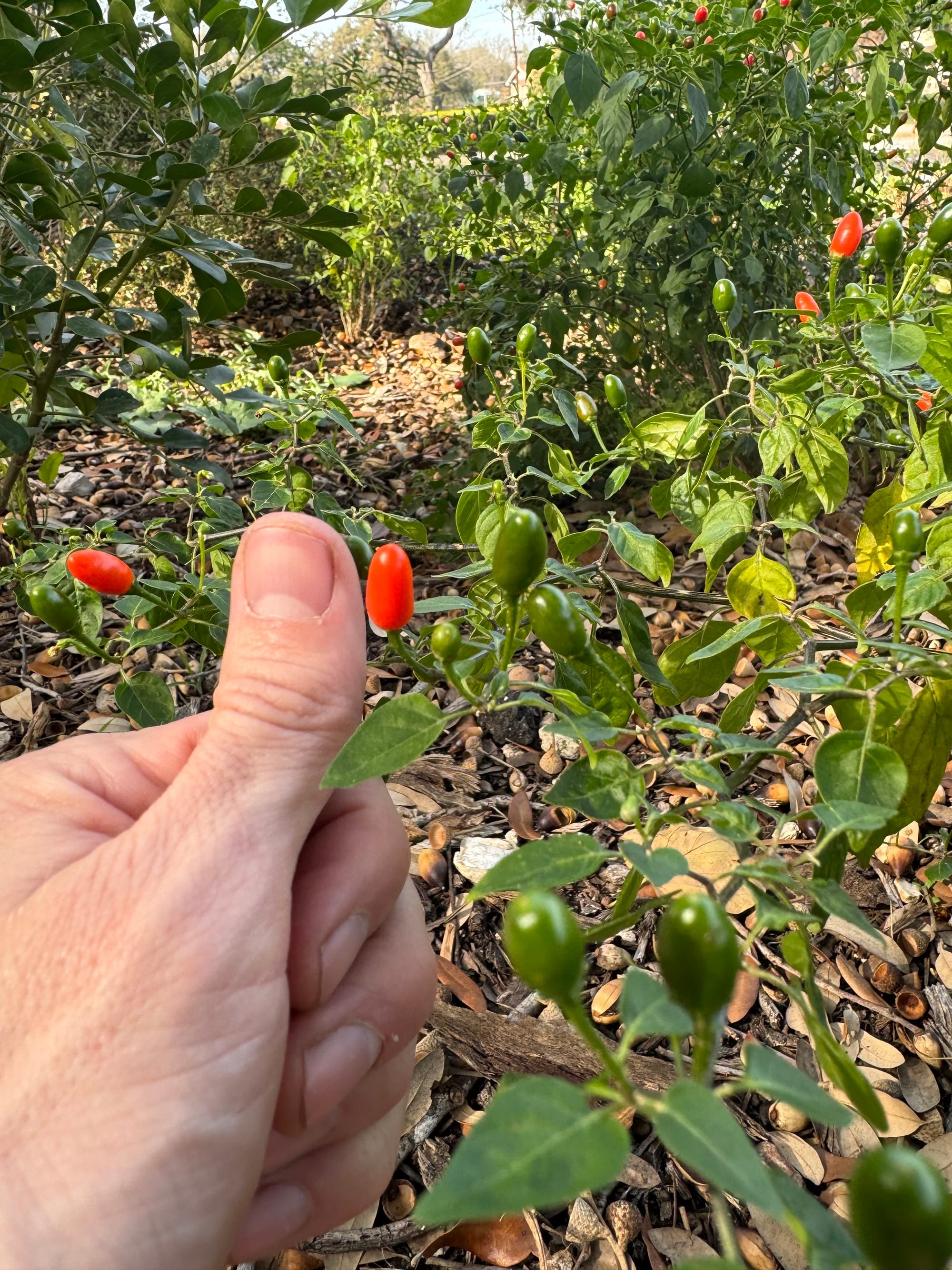
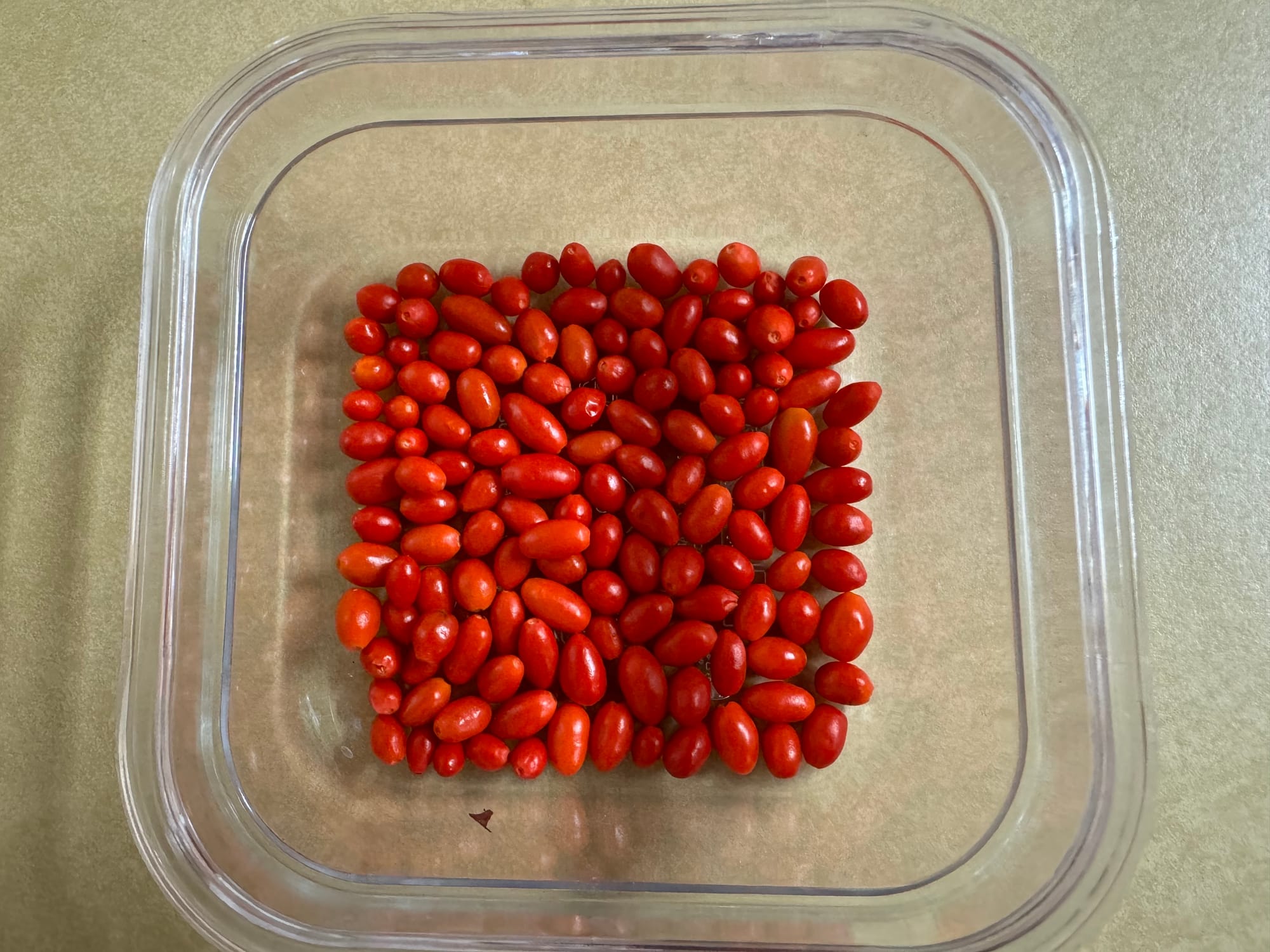
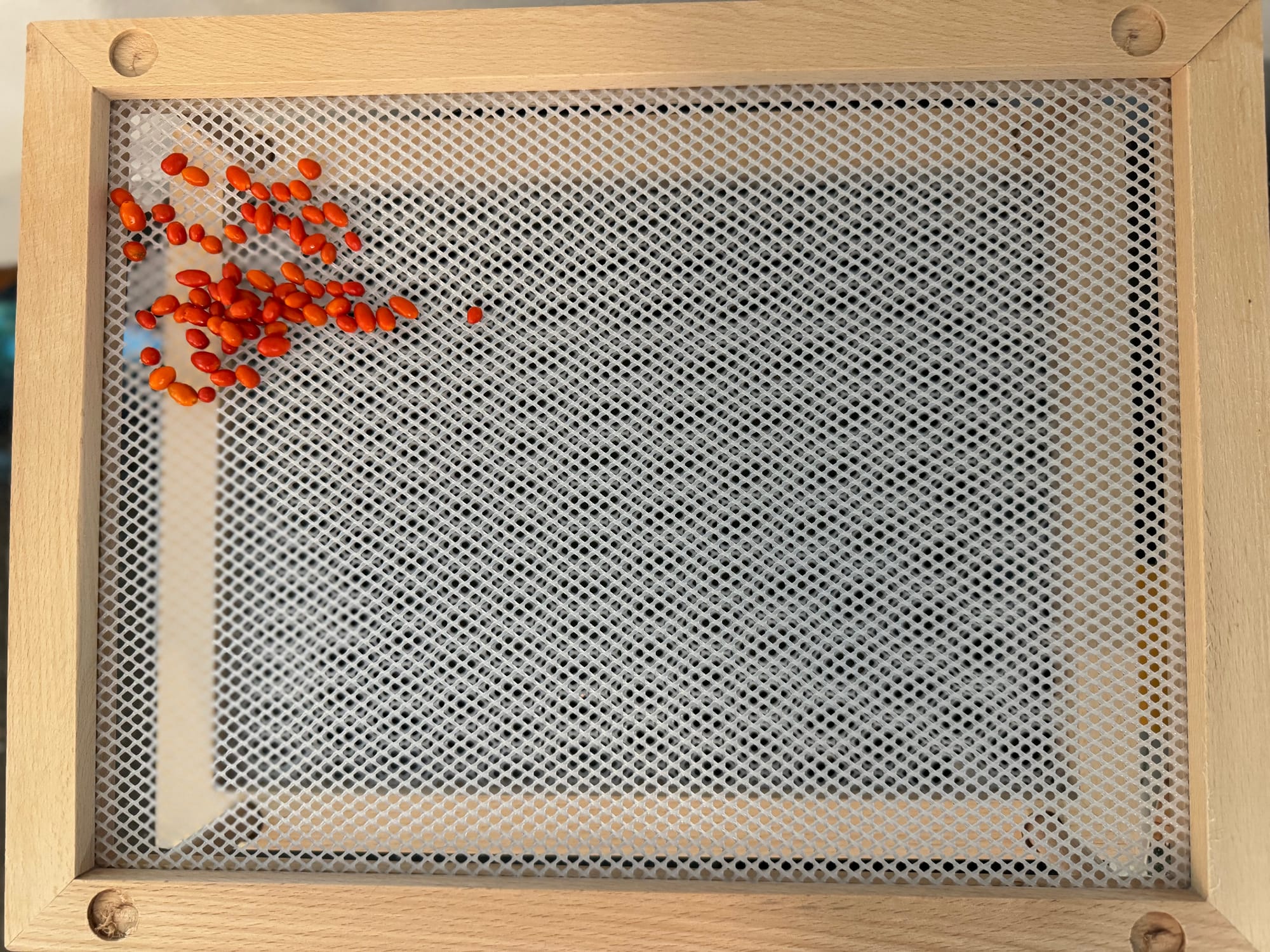
- Immunity Boosting Properties - Chile Pequíns are high in vitamins A, C, and E, and so, as explained in Foraging Texas, some Texas native plant foragers will even swallow Chile Pequíns whole like taking a pill (to avoid the spiciness) to still benefit from the immune-boosting properties.
Propagation:
- Seeds - Reportedly, the Chile Pequín is easily grown from seed. However, the soils need to be warm for Chile Pequín seeds to germinate. Sow in April, well after any threat of a freeze. If you want to start them in Fall, you must protect them in a greenhouse over winter.
- Cuttings - Chile Pequíns also will readily root from softwood cuttings that have slightly hardened off at the base. So, most likely, clip late spring or early summer. Apply rooting hormone and keep the cuttings under mist.
Chile Pequín FAQs:
- How hot is the Chile Pequin Pepper? The Chile Pequín pepper rates 50,000 - 100,000 on the Scoville scale, which is considered high.
- Are Chile Pequín plants perennial or annual? It depends on your location. The further north you are, for example, near Dallas (the furthest north observable location of the Chile Pequín), unquestionably the plant will die back during the winter, maybe to the roots, so it will need to be treated more so as an annual, planted again in Spring. However, if birds are enjoying your chiles each year, eating and spreading them for you, you might not have to do the planting yourself, as Chile Pequíns are known to sprout up randomly because of this.
- How do you take care of a Chile Pequín plant? Care is relatively easy as long as the location picked for a chile pequín is correct. After establishing the plants in early spring, I hadn't watered my Chile Pequín once. They might require pruning in late winter if you wish to keep the plant growing tightly and flowering and fruiting its best.
- How often do you need to water a Chile Pequín plant? Provided the site you picked is correct, you shouldn't need to give the chile pequín any supplemental water.

Sources:
Along with my own experience working with Chile Pequín in my landscape and learning from my observations out in Texas' natural places, here are all the books and resources that I consulted in producing this page:
📚 Books
- Edible and Useful Plants of the Southwest: Texas, New Mexico, and Arizona by Delena Tull
- Foraging Texas: Finding, Identifying, and Preparing Edible Wild Foods in Texas by Eric M. Knight and Stacy M. Coplin
- How to Grow Native Plants of Texas and The Southwest by Jill Nokes
- Botany for Gardeners: An Introduction to the Science of Plants by Brain Capon
- Permaculture for Beginners: The Ultimate Guide to Natural Farming and Sustainable Living by Nicole Faires
- Texas Wildcapes: Gardening for Wildlife by Noreen Damude and Kelly Conrad Bender
- Native Texas Plants: Landscaping Region by Region by Sally and Andy Wasowski
🌐 Websites
- (n.d.). Capsicum annuum. Lady Bird Johnson Wildflower Center. https://www.wildflower.org/plants/result.php?id_plant=caan4
- (n.d.). Chili Pequin – Capsicum annuum. Garden Style San Antonio. https://www.gardenstylesanantonio.com/garden-tips-blog/plant/chili-pequin/

